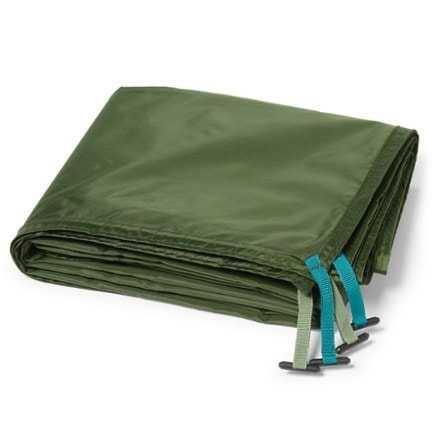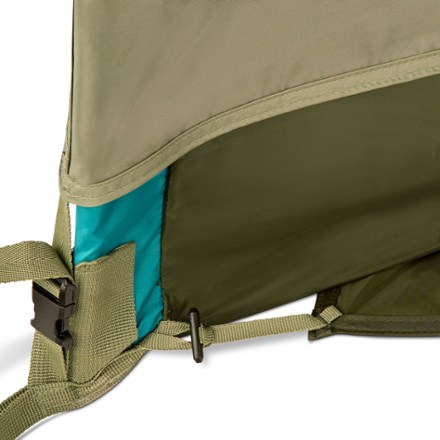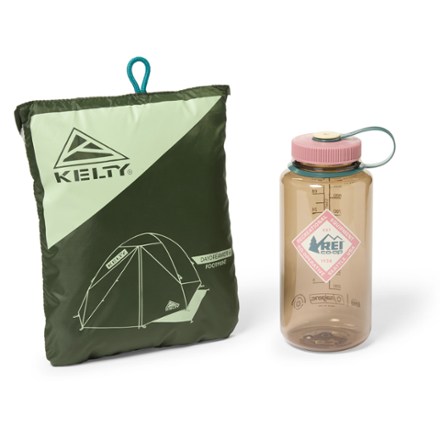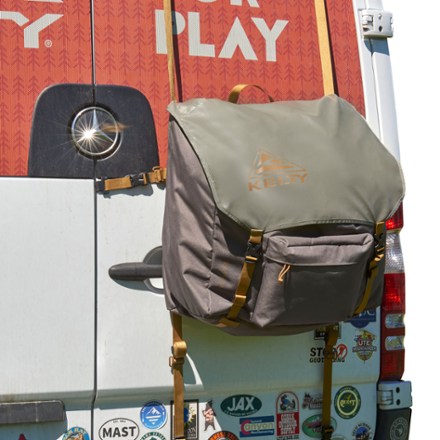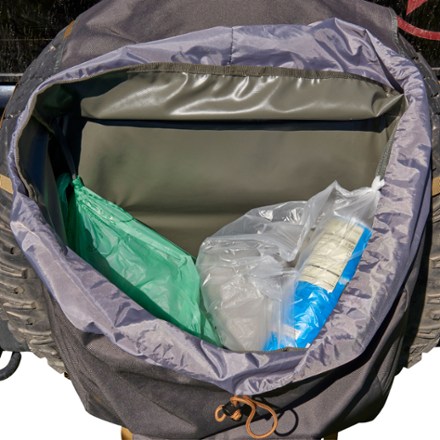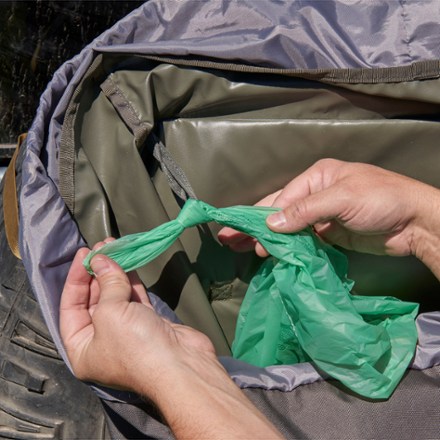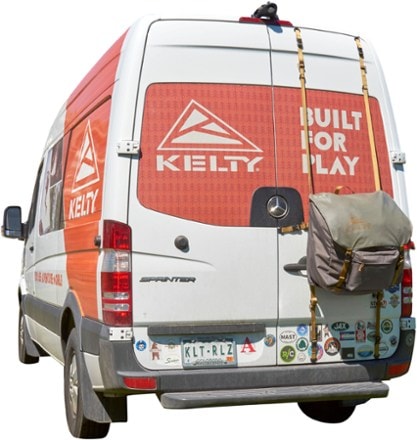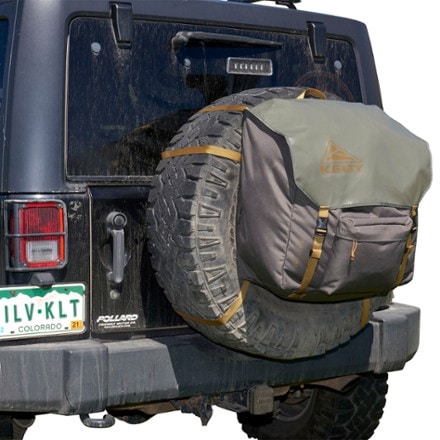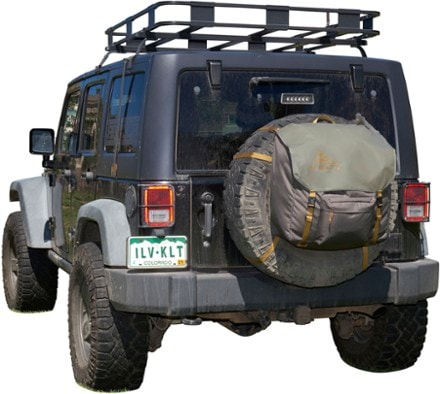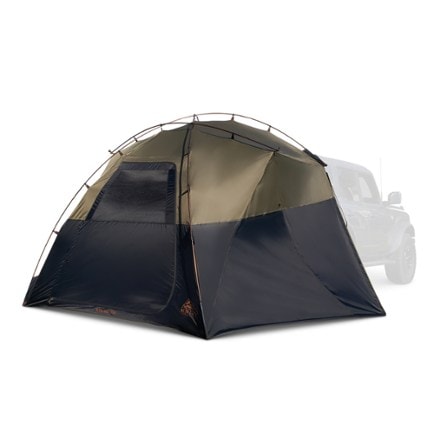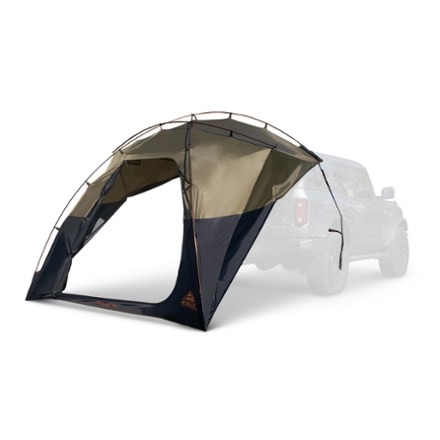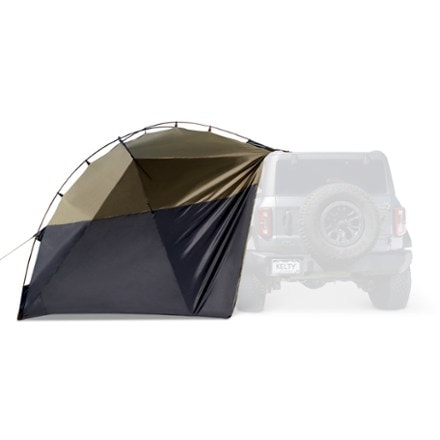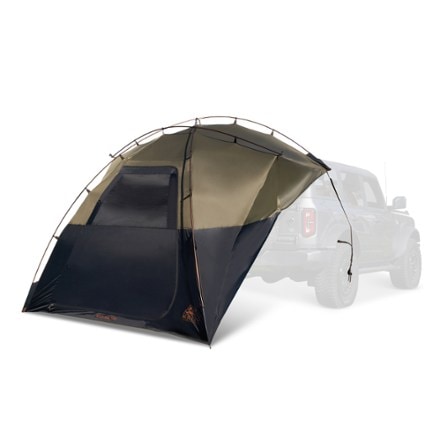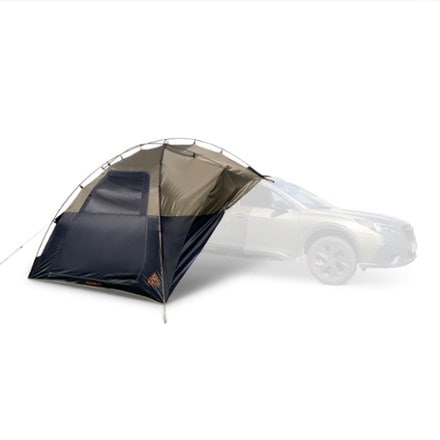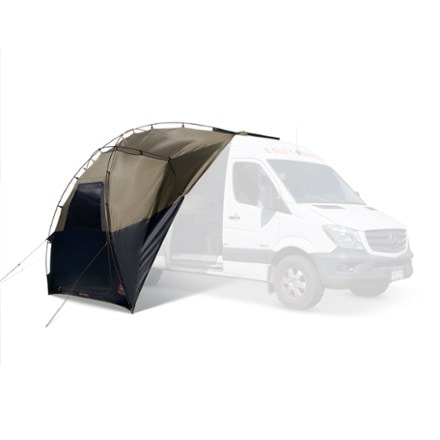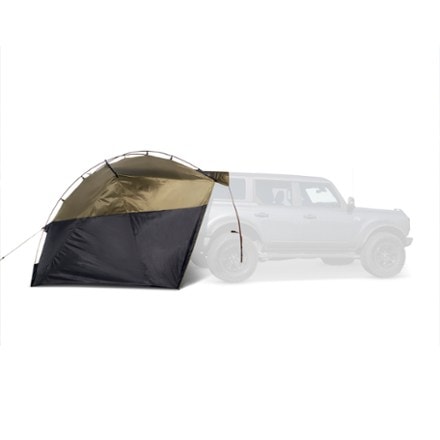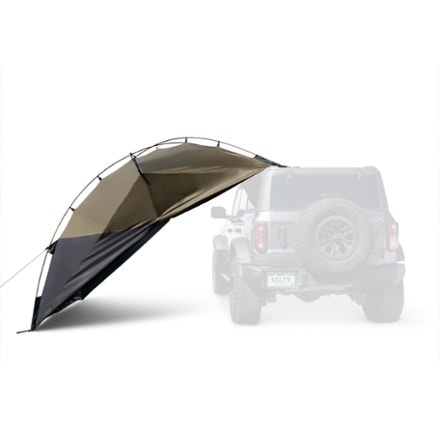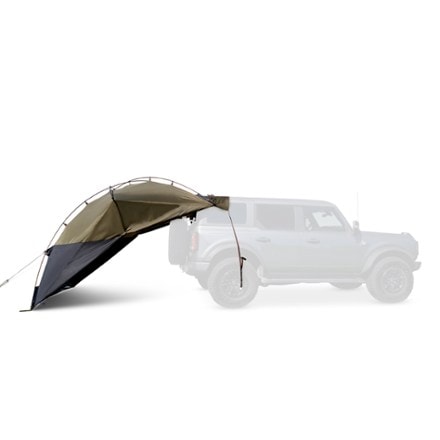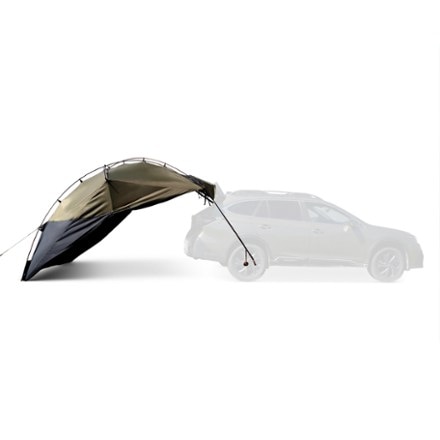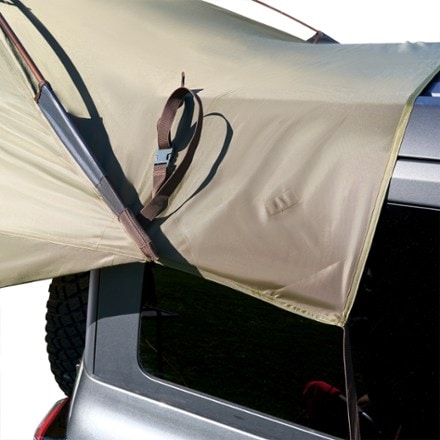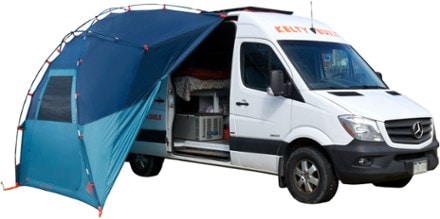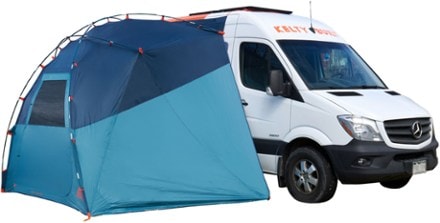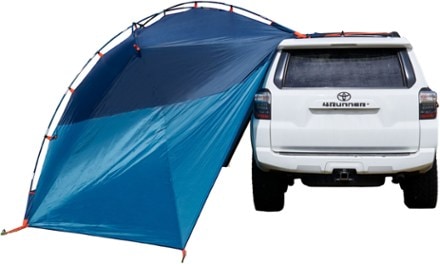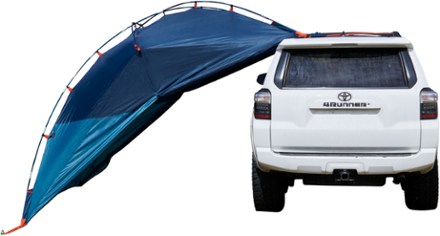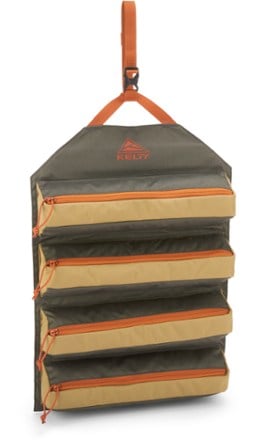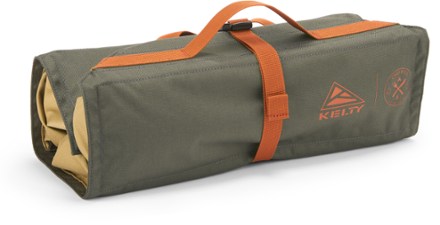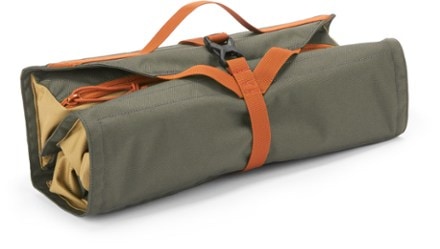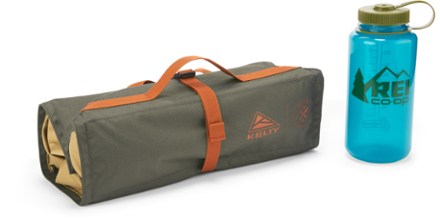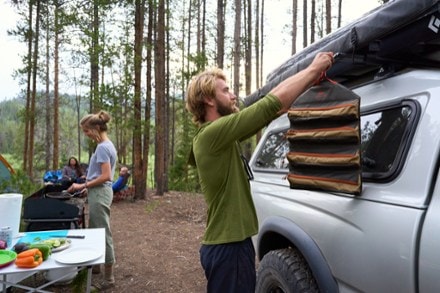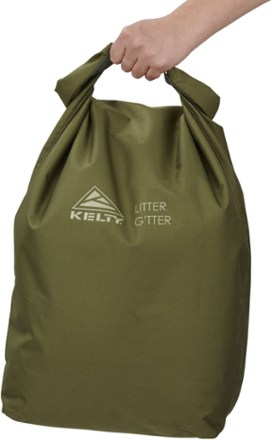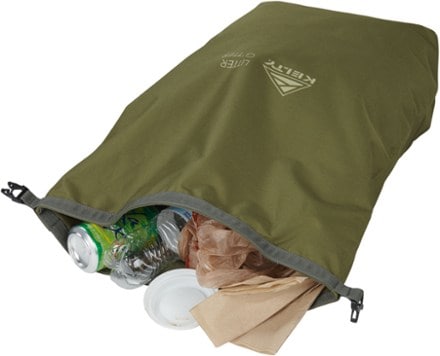All Kelty Products
(36 products)- Camping and Hiking (36)
- Tents (16)
- Sleeping Gear (10)
- Camp Furniture (5)
- Camp Kitchen (4)
- Hiking Backpacks (3)
- Watersports (11)
- Packs and Bags (3)
- Packs (3)
- Picnicking (2)
- Camping (32)
- Hiking (3)
- Backpacking (1)
- $20.00 to $49.99 (9)
- $50.00 to $99.99 (9)
- $100.00 to $199.99 (12)
- $200.00 to $499.99 (6)
- 0 to 0.49 (1)
- 0.5 to 0.99 (2)
- 1 to 1.49 (3)
- 1.50 to 2.99 (5)
- 3 to 4.99 (4)
- 5 to 7.99 (5)
- 8 to 11.99 (6)
- 12 to 19.99 (7)
- 100 to 1000 (1)
- Freestanding (6)
- Vehicle (5)
- 3-season (10)
- Organic Fibers (1)
- Recycled Materials (7)
- Deals (36)
- Top Rated (11)
- Cup Holder (4)
- Armrests (4)
- Puffy (3)
- Suspended Mesh Back Panel (3)
- Hipbelt Pockets (3)
- Adjustable Torso Length (3)
- Padded (2)
- Award Winner (1)
- Repair Kit Included (1)
- Inflatable (1)
- Wearable (1)
- Sale Ends Nov 24KeltyDaydreamer 6P Footprint$33.69Save 25%compared to $44.95(5)5 reviews with an average rating of 4.0 out of 5 stars
- Sale Ends Nov 24KeltyTrash Pak$97.39Save 25%compared to $129.95(7)7 reviews with an average rating of 3.7 out of 5 stars
- Sale Ends Nov 24KeltyHighroads ShelterTop Rated$209.89Save 25%compared to $279.95(9)9 reviews with an average rating of 4.6 out of 5 stars
- Sale Ends Nov 24KeltyBackroads Shelter$131.19Save 25%compared to $174.95(48)48 reviews with an average rating of 3.6 out of 5 stars
- Sale Ends Nov 24KeltyChef Roll BagTop Rated$29.89Save 25%compared to $39.95(16)16 reviews with an average rating of 4.9 out of 5 stars
- Sale Ends Nov 24KeltyLitter G'tter Trash CanTop Rated$22.39Save 25%compared to $29.95(14)14 reviews with an average rating of 4.7 out of 5 stars
Related Expert Advice articles
Types of packs
Backpacking packs can be 30 to 70-plus liters. To choose the right capacity, consider trip duration and the gear you’ll bring.
Backpack features
Think about the frame type, location of important pockets, padding and ventilation, among other things.
Backpack fit
Your pack should be correctly sized for your torso length (not overall height) and hip circumference. A fit-expert at an REI store can help.
What capacity tent do you need?
- How many are in your group? Tents vary in size from 2- to 8-person.
- Assume a close fit for the number of people your tent is designed to accommodate. If you need more space for dogs and gear, size up.
Choose the seasonality
- 3-season tents are great shelters for most of the year. They have ample mesh for good airflow and can withstand basic downpours.
- 3+- season tents are a little sturdier, and with less mesh, and are warmer than their 3-season cousins.
- 4-season tents are engineered to handle high winds and other severe weather. This can make them stuffy in warm weather.
Decide on key features
- Peak height: Look for a taller peak height if you want to stand up in the tent.
- Floor length: Can you fully lie down if you’re tall? Will it fit your cot or air mattress?
- Doors: If multiple people are sleeping in the tent, you might want more than one door for more convenient access.
Read full article: The Best Budget Sleeping Bags of 2025: Tested
Read full article: The 9 Best Sleeping Bags for Camping of 2025 | Staff Picks
What capacity tent do you need?
- How many are in your group? Backpacking tent models usually hold 1 to 5 people.
- There’s no industry standard for what each size means, so check product specs.
- Assume a close fit for the number of people your tent is designed to accommodate, especially with ultralight models. If you need more elbow room, consider the next size up.
Decide whether you need all-year protection
- Many backpackers, especially beginners, choose a 3-season tent for great all-around protection.
- 3+- season tents are a little sturdier and warmer than their 3-season cousin, and with less mesh.
- 4-season tents are engineered to handle high winds and other severe weather. This can make them stuffy in warm weather.
- Consider alternative shelters like hammock tents, bug shelters or bivy sacks depending on your preferences and the conditions you may typically encounter on backpacking trips.
Tent weight
Backpacking tents are a tradeoff between weight and comfort. Pay attention to the difference between packaged weight (every part included) and minimum trail weight (the weight of just the tent, rain fly and poles).
Think about livability
- Peak area: How tall is the tent?
- Floor area: How much square footage is inside?
